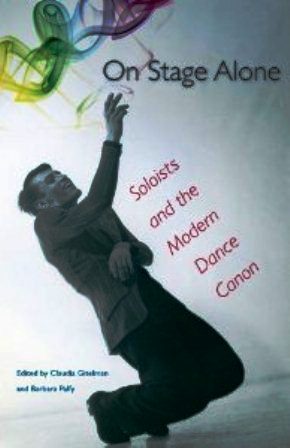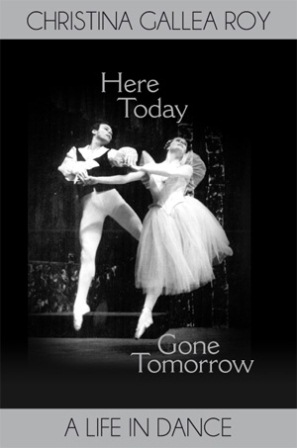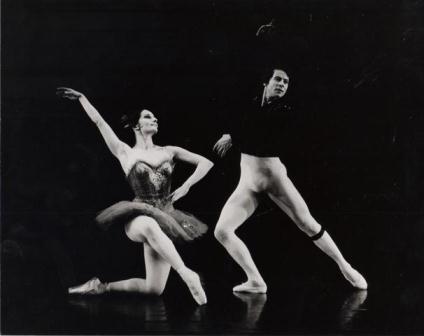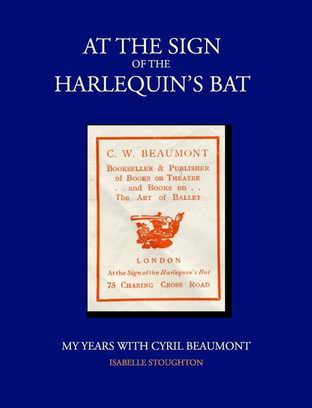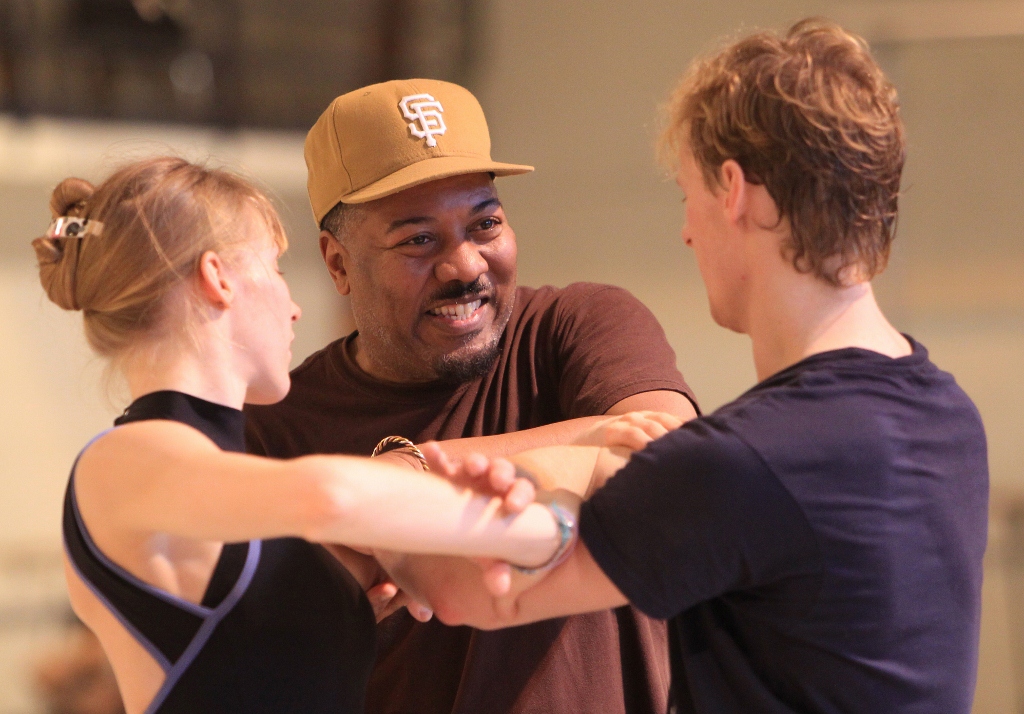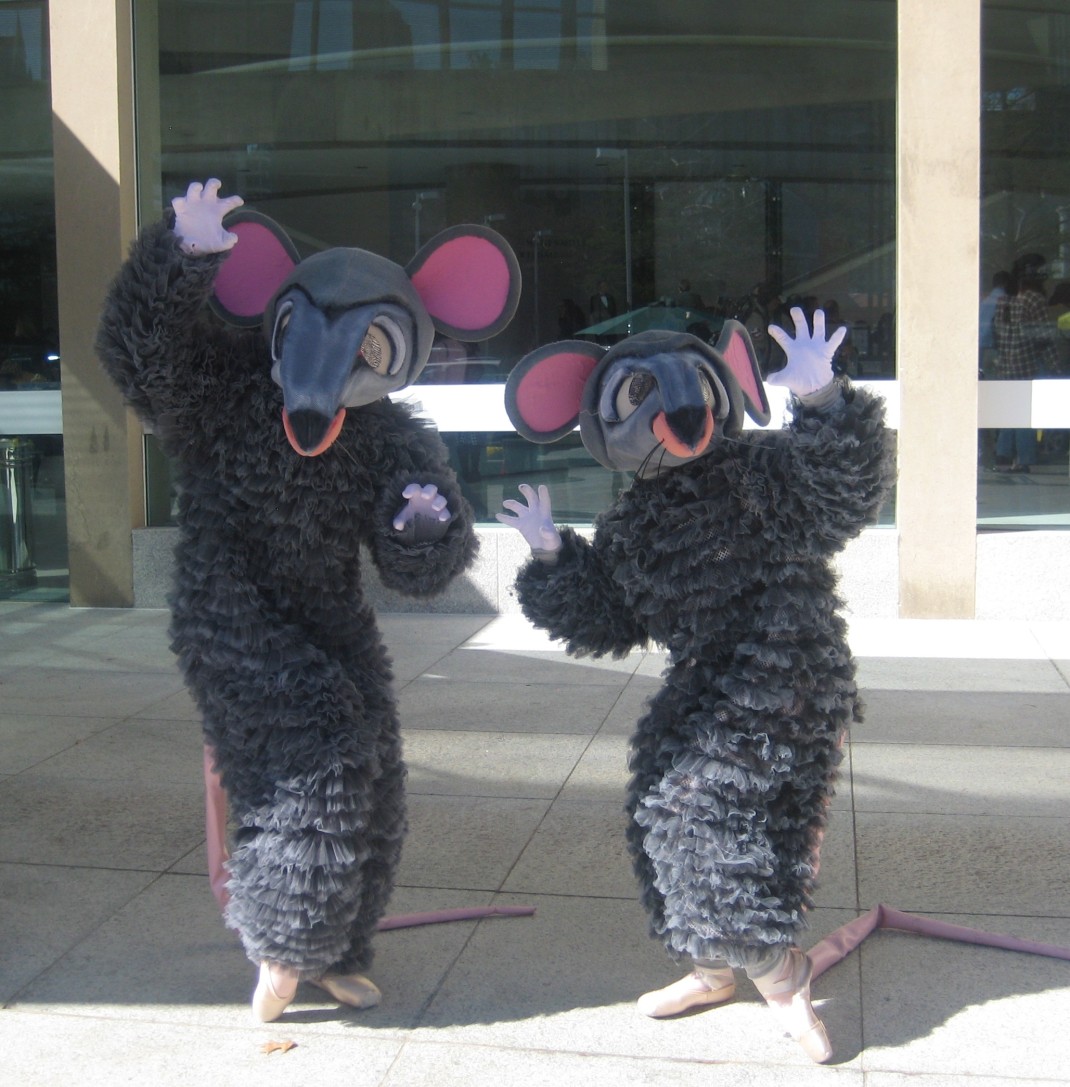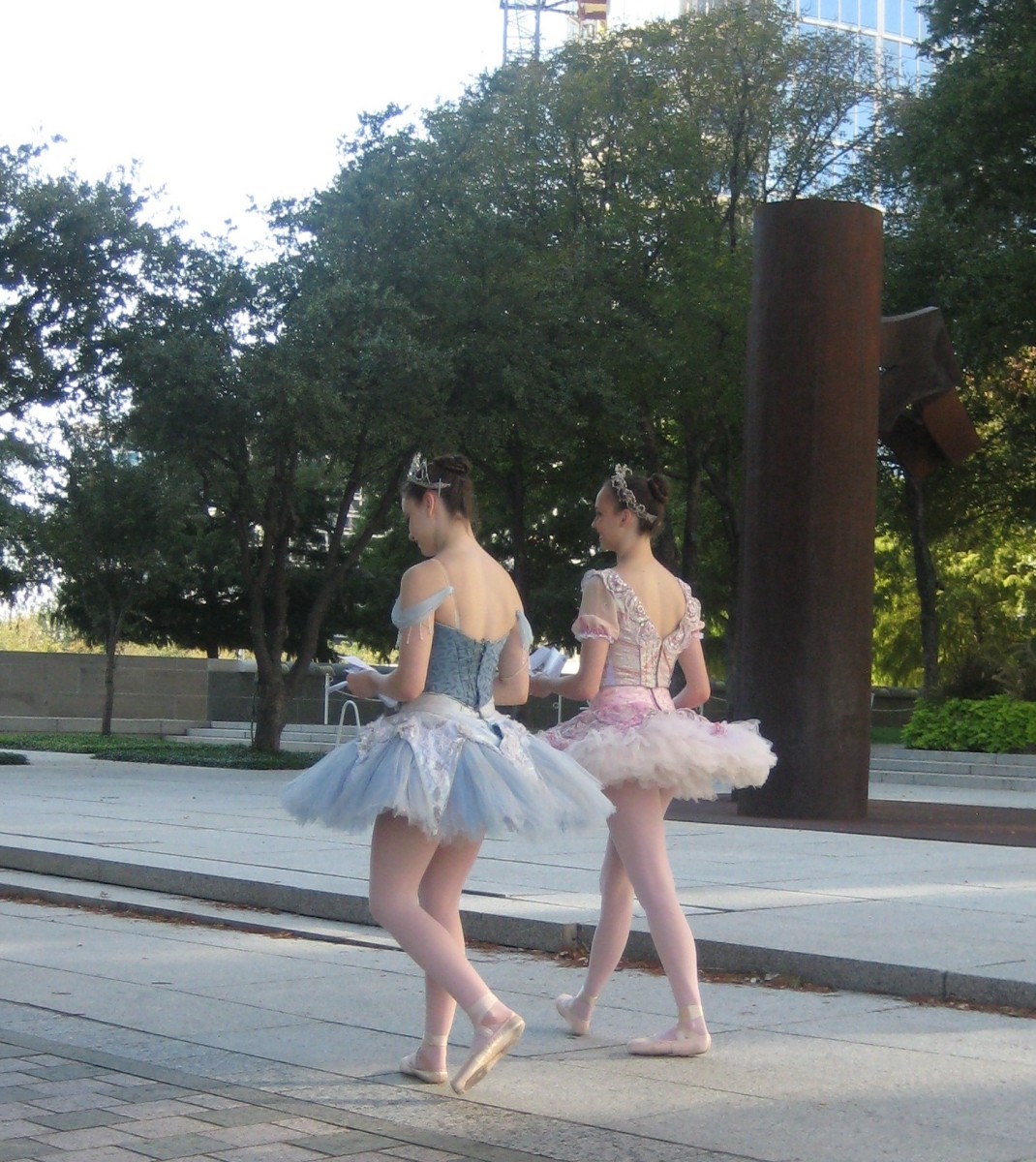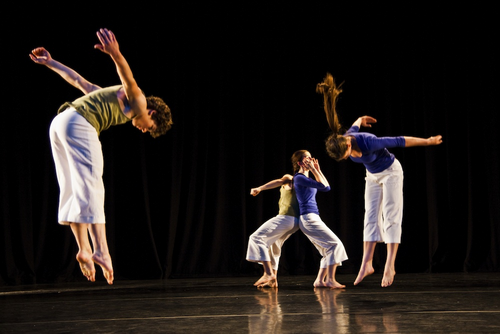Marcia Siegel’s recently published collection of reviews and essays, Mirrors and Scrims: the life and afterlife of ballet, is a real stunner. Such collections are usually useful to dip into to find a contemporary opinion when researching a particular work, choreographer or era. Mirrors and Scrims is, of course, useful in this way. But it also offers so much more. Siegel’s writing is perceptive, lucid, coherent and honest. It also often pushes the reader to investigate or question further his or her own assumptions about dance. What a delight that is in this twenty-first century when much of the readily available dance writing is little more than a regurgitation of a puffed-up media release.
On an obvious level, Siegel has an enviable capacity to describe what she sees on stage in terms that can easily be visualised by the reader. Take her description of the second movement of Balanchine’s Mozart Violin Concerto for example. Siegel writes:
‘In this movement, essentially a long adagio pas de deux, the corps is always present, sometimes as witness, posing in lines and semicircles around the principal couple, and sometimes, strangely, forming little sub-groups that seem engaged in their own private colloquies. Then, toward the end, the women become almost an abstraction, coming forward in a straight line so that they discreetly mask the solo man and woman just as she’s fallen into his embrace.’
This is deceptively simple writing. On the one hand it gives us a clear, straightforward idea of the formal structure of this movement of the work. But on the other, it also subtly gives an insight into an emotional underpinning with just an apposite word or two, judiciously placed.
At the same time, Siegel’s writing has the capacity to analyse a work within its wider cultural and historical context. Take for example her discussion of the revival of Balanchine’s Cotillon by Tulsa Ballet. She writes:
‘The ballet is a clear choreographic bridge between the lush, narrative Diaghilev era ballets and the neoclassical austerity of the latter-day Balanchine. It does, however, represent a strain of romanticism and fantasy that the choreographer kept to the end of his life.’
The whole discussion of the Cotillon revival is a fascinating read, as are Siegel’s discussions of other revivals from the Diaghilev era, a subject that is clearly of great interest to her.
Siegel has also worked through many philosophical issues as they relate to dance writing and reviewing. She takes a clear, personal stand. Right from the beginning she states:
‘I see myself as both a demystifyer and a validator, sometimes an interpreter, but not a judge.’ She fearlessly carries through with this stance. In an analysis of the position of the much-admired critic Arlene Croce (as understood from her reviews), Siegel writes:
‘I think a critic has to take even mavericks and crackpots at their word. In not doing so, Arlene Croce places herself above the artists. She implies she knows better than they do what’s right for dance. To my mind, that’s the one thing a critic isn’t allowed’.
The essay in which this comment occurs, ‘Balanchine and beyond’, is full of points for further discussion and development in those situations (I wish they occurred more frequently) where those who love dance come together to discuss dance and how to look at it. Reading ‘Balanchine and beyond’, I couldn’t help thinking of the concept of intentional fallacy, the idea (probably unfashionable at the present time) that what an artist intends is not a standard by which to measure a work. Intentional fallacy veers onto a slightly different pathway from Siegel’s discussion of the need ‘to take mavericks and crackpots at their word’ but it is nevertheless a related and equally as interesting issue.
Mirrors and Scrims covers close to three decades of Siegel’s writing in publications that include Ballet Review, Boston Phoenix, Christian Science Monitor, Dance Now, Dance on Camera Journal, Hudson Review, Village Voice and Washington Post Book World. And although the excerpts I have quoted above all relate to Balanchine in some way, the writing in this collection covers the work of many choreographers. It also covers many genres of dance and analyses many formats in which dance reaches an audience, including dance on film and books about dance.
Siegel notes in her introduction that she has organised the entries around themes of authenticity and change. To give further shape to the collection she has grouped her selections into seven sections. Each section reads well as a variation on a theme making the book a satisfying, and often an edifying journey rather than simply a chronological one as often happens with such collections of essays. And as with all collections of this nature, some pieces and some themes will touch a individual nerve in a special way. I particularly admired Siegel’s obituary for the critic Edwin Denby, ‘Edwin Denby, 1903-1983’—a moving and personal tribute, which includes the following comment:
‘He knew long before I did that dancing is like living, and that the better we can perceive the ordinary specialness in living, the better we’ll see the out-of-the-ordinary specialness of dancing.’
I also relished reading an essay called ‘Reclaiming the ordinary’. It deals with PASTForward, a program staged by Baryshnikov’s White Oak Dance Project that revived some of the works from the Judson era in American dance. At one point Siegel writes:
‘Judson made the acceptable dance vocabulary immensely bigger by reducing the stimulus: with almost nothing to look at, there’s suddenly so much more.’
Marcia Siegel knows dance and is not afraid to call it the way it is. Mirrors and Scrims deservedly won the 2010 Selma Jeanne Cohen Memorial Prize.
Michelle Potter, 7 November 2010
Marcia B. Siegel, Mirrors and Scrims: the life and afterlife of ballet, Wesleyan University Press, 2010
416 pp; 27 illustrations
ISBN 978-0-8195-6875-5 (cloth) USD85.00
ISBN 978-0-8195-6926-4 (paperback) USD27.95
